Located 40 km from Vinh Nghiem Pagoda, Bo Da Pagoda is one of the oldest and most unique pagodas in the Kinh Bac region, situated on Phoenix Mountain (Bo Da Mountain) in Van Ha ward ( Bac Ninh province).
This was once the second largest religious center after Vinh Nghiem Pagoda and is an important and representative historical site related to the revival and integration period of Truc Lam Buddhism.
The temple has a unique architecture.
Bo Da Pagoda dates back to the Ly Dynasty, flourished during the Tran Dynasty, and especially in the early 18th century, when its abbot, Pham Kim Hung, renovated and expanded it, turning Bo Da into a major Buddhist center.
The pagoda, covering an area of approximately 52,000 square meters, is divided into three distinct sections: the garden, the inner temple area, and the pagoda garden. Despite the vicissitudes of history, Bo Da Pagoda has preserved relatively intact the traditional Vietnamese architectural features, as well as many valuable documents, artifacts, and antiques of great cultural, historical, architectural, and artistic significance.
Venerable Thich Tu Tuc Vinh, Abbot of Bo Da Pagoda, said that this place was once one of the major Buddhist centers of the Lam Te Zen sect. It was once a school for hundreds of monks, nuns, and Buddhists from many localities in Northern Vietnam. The pagoda has a rare combination of worship practices, worshipping the Three Religions as one, along with the worship of Thach Linh Than Tuong and Truc Lam Tam To, demonstrating the harmonious blend of Vietnamese cultural and religious beliefs of the past.
Nestled amidst the picturesque landscapes of the Kinh Bac region, Bo Da Pagoda captivates visitors with its rustic, mysterious, and ancient charm. The first striking feature upon arriving at Bo Da Pagoda is its unique earthen wall system. Unlike many other pagodas built with bricks or stones, the pagoda's walls are constructed entirely from rammed earth, red gravel, and broken pottery fragments from the nearby Tho Ha pottery village. This construction technique creates a sturdy wall while preserving its rustic, ancient appearance, blending seamlessly with the surrounding natural landscape of Phuong Hoang Mountain.
Many of the temple's architectural features still retain their original traditional Vietnamese style. (Photo: Danh Lam/VNA)
Bo Da Pagoda boasts a unique architectural style, distinct from other traditional pagodas. The pagoda comprises five main complexes: Tu An Pagoda, Tam Duc Hermitage, Cao Pagoda, the stupa garden, and the temple pond. Each complex holds its own historical and religious value. Tu An Pagoda, in particular, consists of 16 interconnected units with 92 rooms, arranged in rows and columns, including the main sanctuary, two rows of corridors, the front hall, the ancestral hall, the scripture tower, the lecture hall, the abbot's residence, the administrative building, the preparation building, the guesthouse, the nun's quarters, the station... and other auxiliary structures. Its architecture is characterized by an "internal connection to external enclosure," meaning the interior is open and airy, while the exterior is discreetly shielded by earthen walls and thick bamboo groves. This structure not only holds architectural significance but also reflects Buddhist philosophy: the world outside is impermanent, while the inner self is tranquil and spiritual.
Tam Duc Hermitage is built on the slopes of Phoenix Mountain, behind Tu An Pagoda. Its architecture is in the shape of the Chinese character "一" (one), consisting of five bays, with the three central bays built in a two-tiered, overlapping roof style. Cao Toa Pagoda is located behind Tam Duc Hermitage, also in the shape of the Chinese character "一" (one), with a vaulted roof. The front wall and roof are styled like a throne, clearly showing the architecture of the Nguyen Dynasty (19th century). Ao Mieu, also known as Ha Temple, is dedicated to Thach Linh Than Tuong.
The temple holds many Vietnamese records.
Besides its unique architecture, Bo Da Pagoda is also famous for two Buddhist records: the largest stupa garden in Vietnam and the oldest collection of Buddhist scriptures printed on wooden blocks in Vietnam.
The Bodhi Pagoda's pagoda garden is located on the slopes of Phoenix Mountain, covering an area of nearly 8,000 square meters. It contains approximately 110 pagodas and tombs of various sizes; among them are 97 ancient pagodas, hundreds of years old, containing the ashes and relics of over 1,200 monks and nuns of the Linji Zen lineage from across the country.
According to Venerable Tu Tuc Vinh, Abbot of Bo Da Pagoda, the tomb towers in the garden are mostly 3-4 stories high, 3-5 meters tall; the tower of the founding master is larger and more imposing. These towers are built with bricks, mountain stone, and mortar made from molasses and paper pulp, creating a sturdy and durable structure that has lasted for centuries. The pagoda garden was recognized as a Special National Historical and Architectural Art Monument in 2016. It is the largest and most beautiful outdoor pagoda garden in Vietnam. The pagoda garden is not only a sacred cemetery but also a museum of architecture and stone sculpture, reflecting the history of a Zen lineage over many centuries.
Bo Da Pagoda still preserves a set of Buddhist scriptures carved on persimmon wood, considered the oldest of the Linji Zen lineage. (Photo: Danh Lam/VNA)
Along with the pagoda garden, Bo Da Pagoda also preserves the oldest and most valuable collection of Buddhist scripture woodblocks in Vietnam, recognized as a National Treasure in 2017. The collection of nearly 2,000 woodblocks was carved by Zen masters of the Lam Te sect approximately 300 years ago during the reign of King Le Canh Hung. All the woodblocks are carved from persimmon wood, a type of wood that is both flexible and durable, with a lifespan of up to 1,200 years.
To this day, the collection of woodblocks remains relatively intact, with carvings in Chinese, Vietnamese, and Sanskrit characters. Large-format wooden blocks are still used to print and engrave scriptures and documents for performing rituals in the temple. On these woodblocks, the ancients left their mark through the content, lines, patterns, and skillful and exquisite forms, reflecting the profound philosophical ideas of Buddhism in general and the Linji Zen school in particular. Prominent among them are carvings of the Buddha Shakyamuni seated on a lotus pedestal, Avalokiteshvara Bodhisattva, and various Arhats…
The use of Nôm script – a script created by the Vietnamese people – not only demonstrates the nation's independence and self-reliance in the process of cultural exchange but also marks the development of Vietnamese writing. The Buddhist value and philosophical ideas of the woodblock prints are highly appreciated by experts, as they reflect the profound philosophy of Buddhism in general, and the Linji Zen school in particular.
While the scriptures at Vinh Nghiem Pagoda belong to the Mahayana school and some versions reflect the philosophy of the Truc Lam Yen Tu Zen school, the scriptures carved at Bo Da Pagoda mainly discuss Avalokiteśvara Bodhisattva and the precepts.
Ms. Phung Thi Mai Anh, Director of Bac Ninh Museum 1, assessed that Bo Da Pagoda is not only a religious structure but also a "living museum" of Buddhist culture, deeply reflecting the blend of beliefs, architectural art, and spiritual life of the Vietnamese people. This is a heritage that needs to be sustainably preserved and its value promoted in accordance with its inherent position in the flow of national history and culture.
Bo Da Pagoda is gradually becoming a prominent destination in the spiritual and cultural tourism journey of the Kinh Bac region; making a positive contribution to socio -economic development, improving the lives of the people while preserving the national cultural identity.
Source: https://www.vietnamplus.vn/bai-2-chua-bo-da-dai-danh-lam-co-tu-noi-tieng-vung-kinh-bac-post1051935.vnp


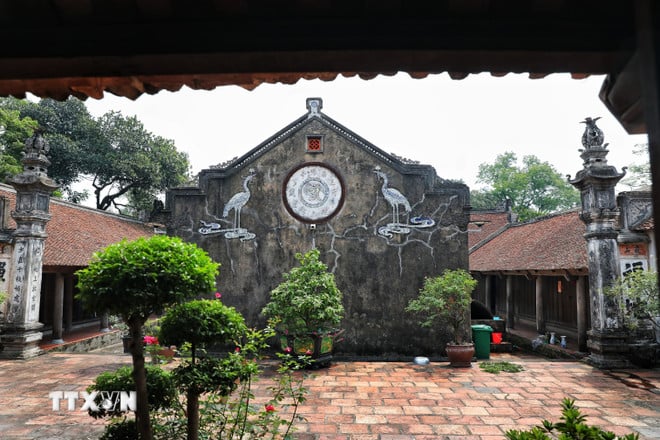
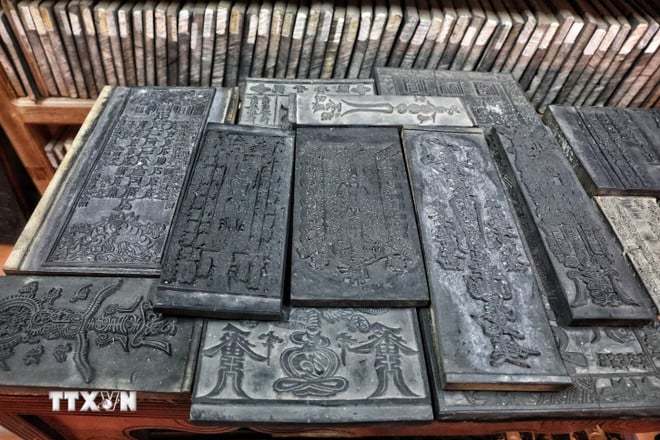






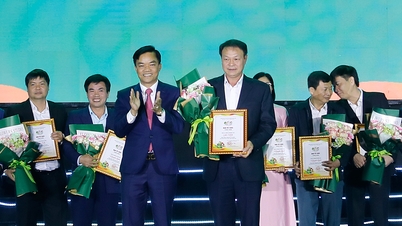




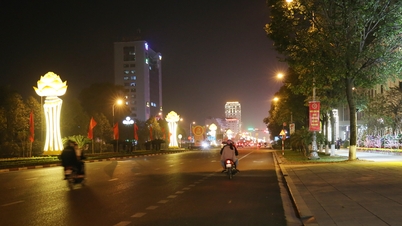




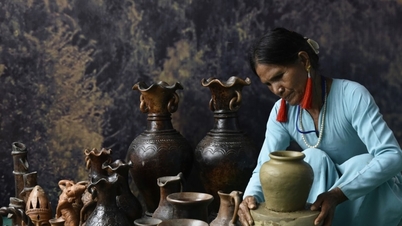

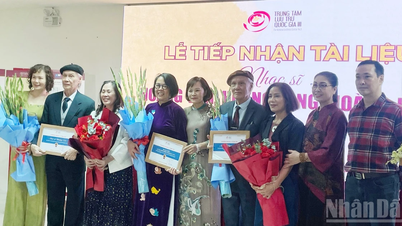

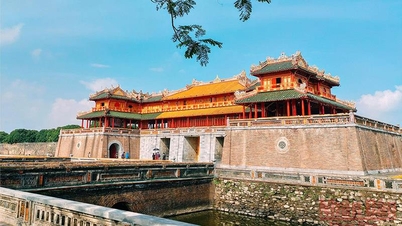


![[Video] The craft of making Dong Ho folk paintings has been inscribed by UNESCO on the List of Crafts in Need of Urgent Safeguarding.](https://vphoto.vietnam.vn/thumb/402x226/vietnam/resource/IMAGE/2025/12/10/1765350246533_tranh-dong-ho-734-jpg.webp)
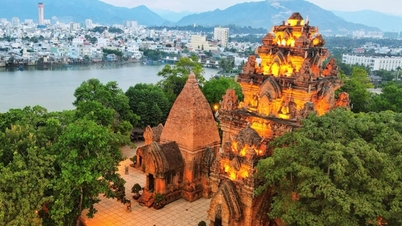





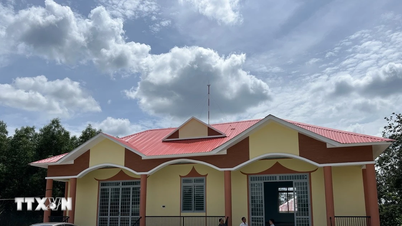
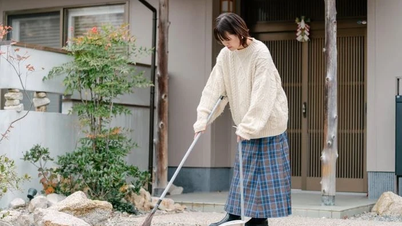
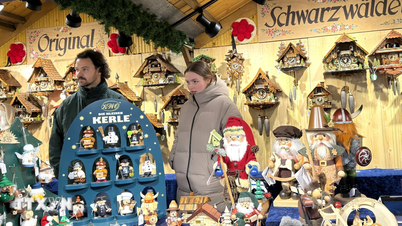
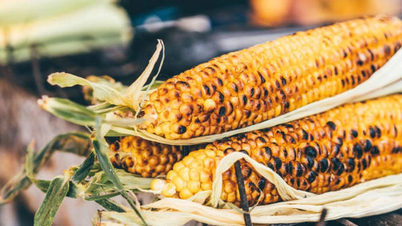


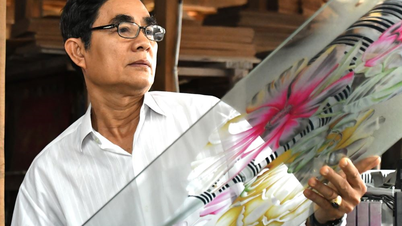



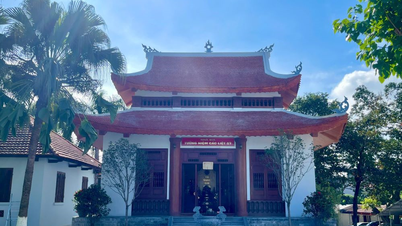





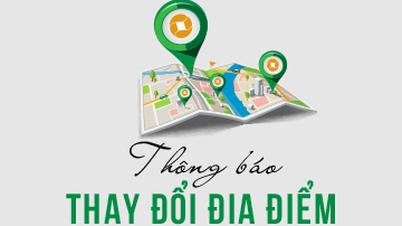




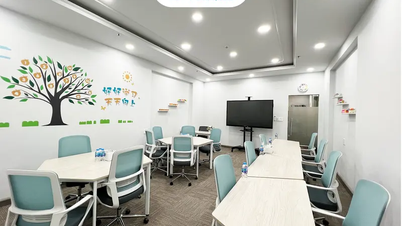








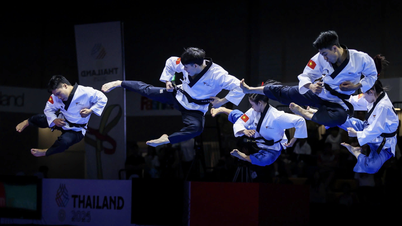







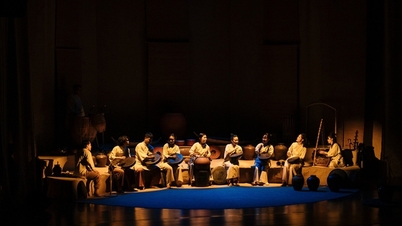




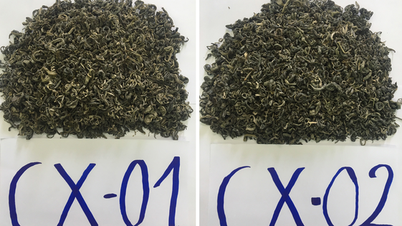


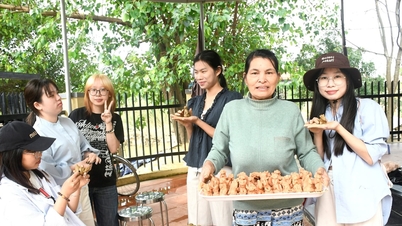

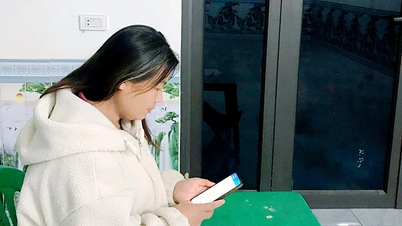




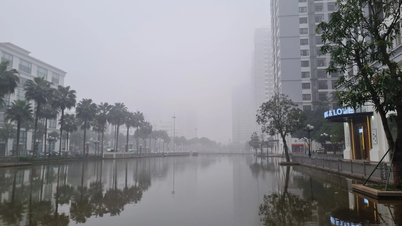











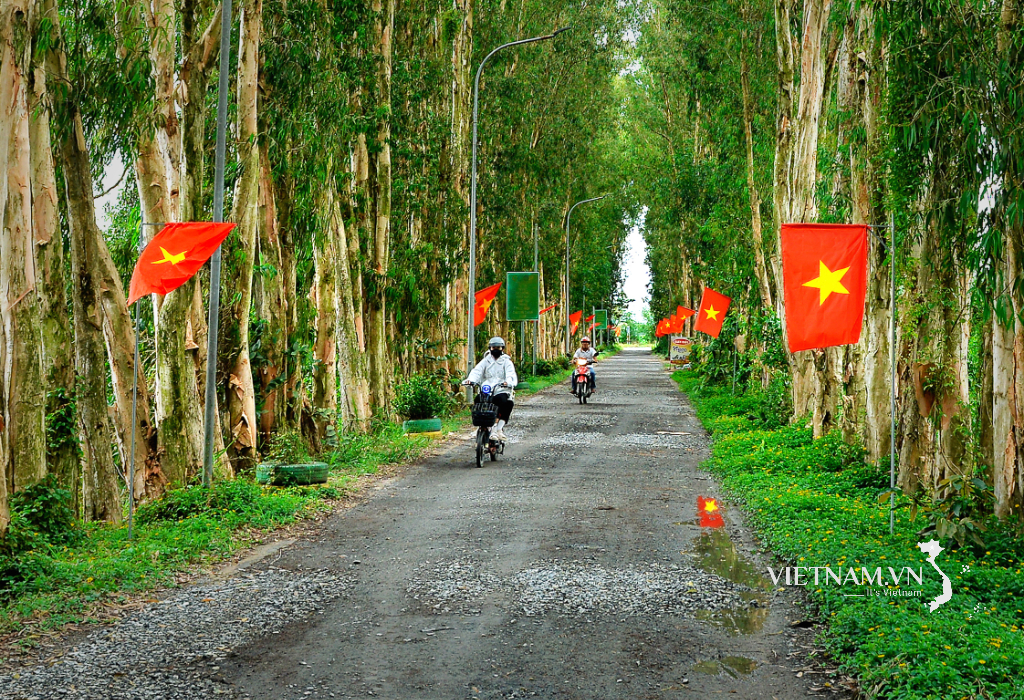






Comment (0)